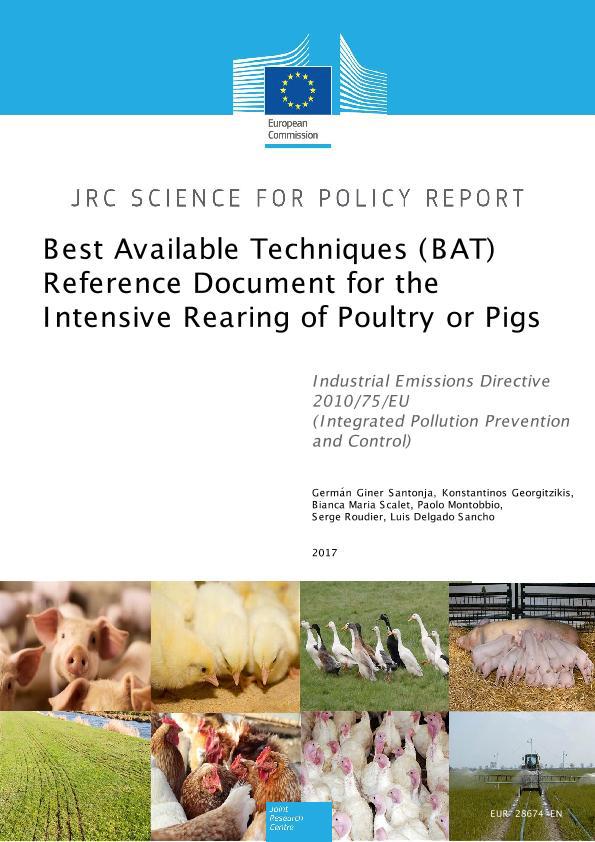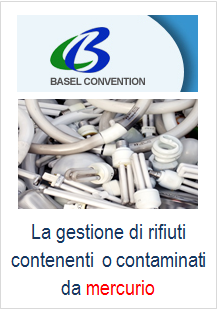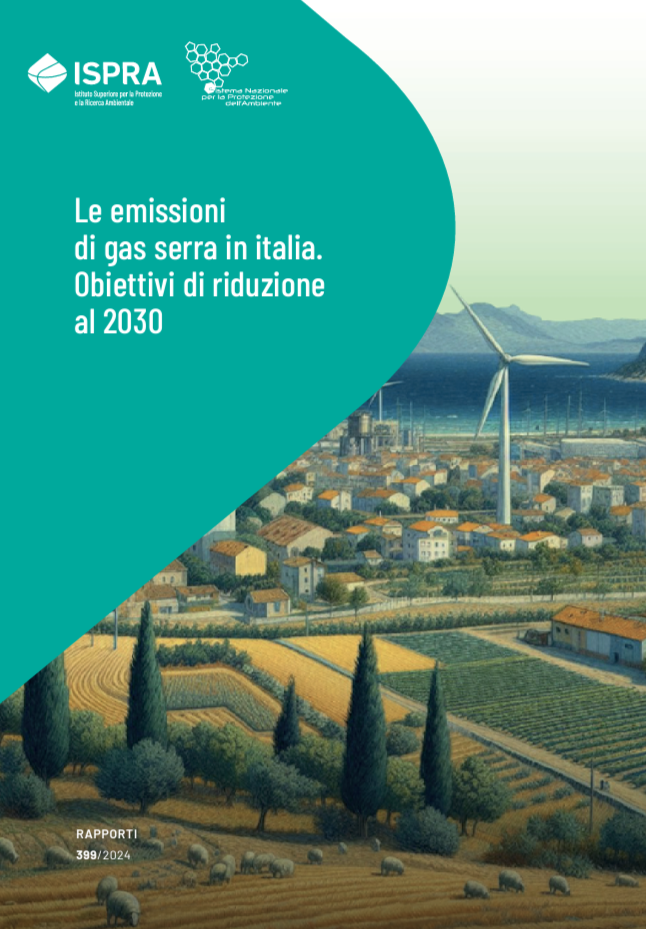
BREF Intensive Rearing of Poultry or Pigs
The BAT reference document (BREF) entitled 'Intensive Rearing of Poultry or Pigs' forms part of a series presenting the results of an exchange of information between EU Member States, the industries concerned, non-governmental organisations promoting environmental protection, and the Commission, to draw up, review and, where necessary, update BAT reference documents as required by Article 13(1) of the
Directive 2010/75/EU on industrial emissions.
This document is published by the European Commission pursuant to Article 13(6) of the Directive.
This BREF for Intensive Rearing of Poultry or Pigs concerns the activities specified in Section 6.6 of Annex I to
Directive 2010/75/EU, namely '6.6. Intensive rearing of poultry or pigs':
(a) with more than 40 000 places for poultry
(b) with more than 2 000 places for production pigs (over 30 kg), or
(c) with more than 750 places for sows.
In particular, this document covers the following on-farm processes and activities:
- nutritional management of poultry and pigs;
-feed preparation (milling, mixing and storage);
- rearing (housing) of poultry and pigs;
- collection and storage of manure;
- processing of manure;
- manure landspreading;
- storage of dead animals.
Important issues for the implementation of
Directive 2010/75/EU in the intensive rearing of poultry or pigs are ammonia emissions to air, total nitrogen and total phosphorus excreted.
This BREF contains ten chapters.
Chapter 1 provides general information on pig and poultry production in Europe.
Chapter 2 describes the major activities and production systems used in intensive poultry or pig production.
Chapter 3 contains information on the environmental performance of installations in terms of current emissions, consumption of raw materials, water and energy.
Chapter 4 describes in more detail the techniques to prevent or, where this is not practicable, to reduce the environmental impact of operating installations in this sector that were considered in determining the BAT. This information includes, where relevant, the environmental performance levels (e.g. emission and consumption levels) which can be achieved by using the techniques, the associated monitoring and the costs and the cross-media issues associated with the techniques.
Chapter 5 presents the BAT conclusions as defined in Article 3(12) of the Directive.
Chapter 6 presents information on 'emerging techniques' as defined in Article 3(14) of the Directive.
Chapter 7 is dedicated to concluding remarks and recommendations for future work.
EU 2017
Allegati
|
Descrizione |
Lingua |
Dimensioni |
Downloads |
 |
|
EN |
18840 kB |
6 |
 |
|
IT |
19058 kB |
3 |
 |
|
IT |
5399 kB |
3 |

